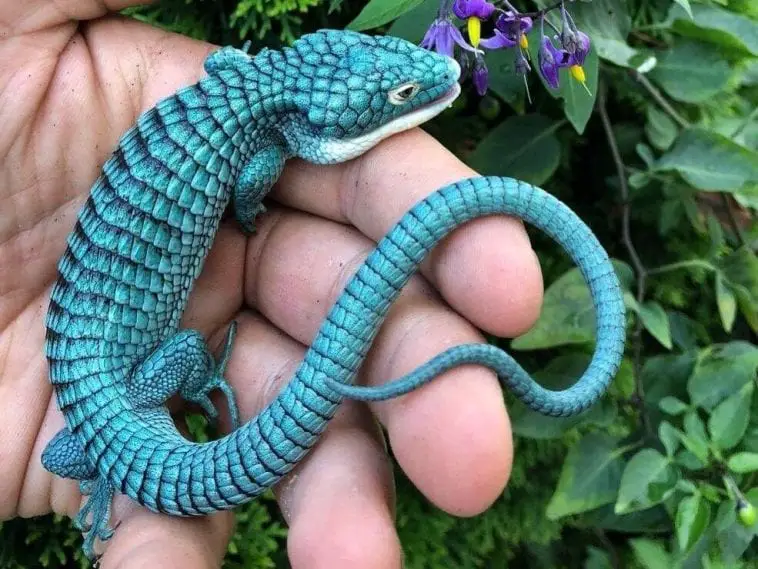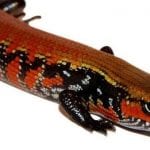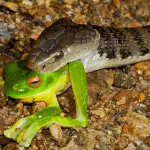It may seem a bit weird to say that you can actually take care of an alligator and handle it like a pro. However, we are not talking about the conventional 10-foot long alligator here. Instead, we are talking about the rare yet majestic Abronia Arboreal Alligator Lizard, which has is now quickly rising through the exotic pet ranks as one of the most desired reptiles that lizard owners want to have and raise.
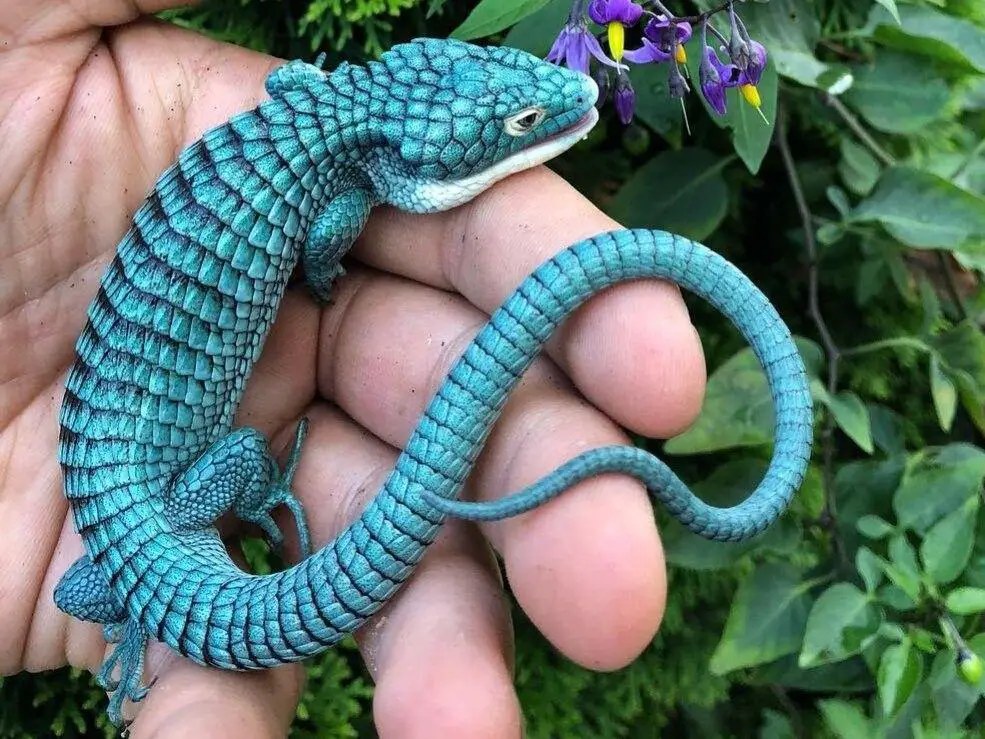
Known more as the Abronia, the Abronia Arboreal Alligator Lizard is a reptile that can be a bit tricky to take care of as some would rather leave it for the more experienced lizard owners to take care of. On top of that, most experts would say that they would not recommend handling the Abronia Arboreal Alligator Lizard for a lot of different understandable reasons. However, that does not mean that this reptile cannot be something you can take care of and handle well enough.
Here are the things you need to know if you want to become an expert in handling the Abronia Arboreal Alligator Lizard:
What is the Abronia Arboreal Alligator Lizard?
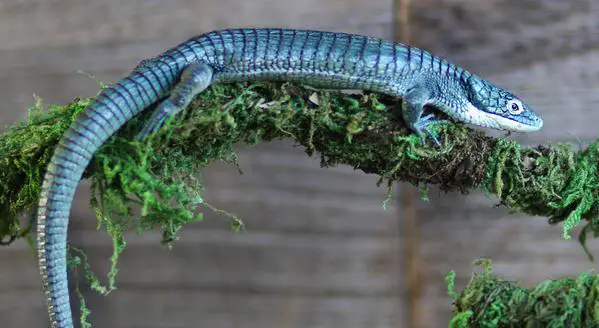
Physical description
The Abronia Arboreal Alligator Lizard appears as a long and slender reptile that, despite its long appearance, is actually just about 6 to 8 inches long most of the time but can sometimes be as long as an entire foot depending on the subspecies. Usually, they appear long because of how long their tails are. The tail of an Abronia Arboreal Alligator Lizard made up for about half of the reptile’s entire length and was naturally designed for assisting whenever this arboreal reptile climbs branches and twigs.
One of the reasons why the Abronia Arboreal Alligator Lizard is so popular is that it is majestically beautiful. Most of these slender reptiles come with colors that are stunning and bright enough to captivate any person. The lizard usually comes in a shade of green that is close to teal. Meanwhile, you can clearly see the large scales on its body to give it a more distinctive alligator-like look that has allowed it to grow rapidly in terms of popularity even though it is somewhat new in the exotic pet trade scene. In a way, not only do they have scales that make them look like a hybrid of an alligator and a snake, but they also shed like snakes in the sense that they do it whole instead of piece by piece.
Habitat
The Abronia Arboreal Alligator Lizard is a lizard that is native to South America, particularly in places near or around Mexico. They are usually never seen in the wild because of how rare and secretive they are. However, if you do spot them, they are usually seen in South American tropical forests and high up in different types of trees due to their nature as arboreal or tree-dwelling reptiles. These lizards usually live for about 15 to 20 years in captivity but are expected to live shorter lifespans in the wild.
These lizards are quite rare in America, even though they are native to South America. Most of the Abronia Arboreal Alligator Lizard are captive-bred are imported from European countries, where they are bred under captivity. However, they still seem to be rare in numbers because of how the Abronia Arboreal Alligator Lizard does not handle the stress of travel and transport fairly well. The good news is that they are increasingly becoming more popular in America as there are now more breeders than ever before.
Diet
The Abronia Arboreal Alligator Lizard is similar to an alligator and to most other lizards since this reptile is a carnivorous feeder. In the wild, they stay up in elevated places to hunt for all sorts of insects that also dwell in elevated areas. That means that it won’t be rare for you to see Abronia Arboreal Alligator Lizard’s eating insects and invertebrates such as roaches, spiders, crickets, and all sorts of worms. And if they come too close to the Abronia Arboreal Alligator Lizard, scorpions may even be one of their victims.
In captivity, an Abronia Arboreal Alligator Lizard can do well when given a diet that is varied. You can feed them with different types of insects such as mealworms, waxworms, roaches, and crickets. When they are still too young to eat larger invertebrates, the juvenile Abronia Arboreal Alligator Lizard will not mind eating fruit flies and beetles.
Providing vitamin D3 and calcium supplements will be helpful when it comes to completing your Abronia Arboreal Alligator Lizard’s nutritional requirements. Of course, you should always gut-feed its food first before feeding the insects and invertebrates to the reptile. When you are gut-feeding, try to give the insects and invertebrates healthy and nutritious greens a few hours before feeding them to the Abronia Arboreal Alligator Lizard.
One other thing you should take note of when feeding the Abronia Arboreal Alligator Lizard is that this reptile is a voracious feeder that is always hungry. Most owners tend to feed them because they never stop eating. This usually leads to an overweight lizard that may find it more difficult to climb branches. As such, you should make sure that you do not feed your Abronia Arboreal Alligator Lizard so often. We prefer that you feed them about three to four times a week and make sure that you give them smaller insects in abundance rather than feeding them large prey items.
Temperament and behavior
The Abronia Arboreal Alligator Lizard, despite its “alligator” name, does not really have a temperament that is similar to an alligator’s. It is not the most aggressive type of pet lizard and won’t attack you for no reason at all. In fact, this rare creature is usually good-natured as it does not really easily get angry towards its owner. But the one thing to take note of is that the Abronia Arboreal Alligator Lizard tends to get easily stressed when handled and may display some sort of agitation when it is really annoying or when you force it into a situation it does not really like. They tend to be shy and not as outgoing as most other species of pet reptiles because of how rare they are and are not typically used to having humans around.
Male Abronia Arboreal Alligator Lizards are territorial and should always be kept far from one another because of how they might end up fighting one another if kept in the same housing.
In terms of its behavior, the Abronia Arboreal Alligator Lizard is an arboreal reptile that spends most of its time on elevated places such as tree branches or twigs. They rarely go down from their elevated spots unless they hunt for pretty that are terrestrial.
Housing
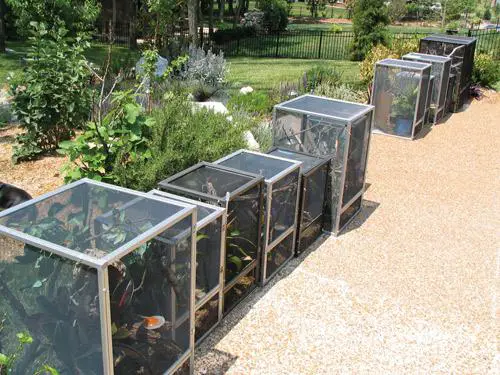
Like a lot of different reptile species, the Abronia Arboreal Alligator Lizard needs to be housed in a place that is more than suitable for its kind because of how sensitive these lizards are to the conditions around their environment. In that case, it is important for you to know the best housing conditions for this reptile if you want it to have a kind of temperament that is suitable for handling.
The enclosure that is suitable for the Abronia Arboreal Alligator Lizard should be something that is vertically oriented instead of being horizontally spacious because of how this reptile has an arboreal nature. In that regard, go for something that is at least two and a half feet tall and a foot and a half long and wide. You can go for a terrarium-type habitat, but a lot of owners prefer screen-type cages for their Abronias because of how it promotes better airflow, which is vital when it comes to making it a happier and less agitated reptile.
Providing the light and heat that the Abronia Arboreal Alligator Lizard needs should be done by using compact fluorescent bulbs that provide the reptile with the infrared and UVB lights it requires. You can also use heat lamps or heating pads to supplement the heat provided by the fluorescent bulb. As to humidity, always make sure that the cage is misted on a regular basis because these lizards prefer somewhat wet conditions rather than dry ones. Of course, due to its arboreal nature, the Abronia Arboreal Alligator Lizard drinks from droplets instead of from a standing source of water.
How to handle the Abronia Arboreal Alligator Lizard
Taking into consideration what kind of reptile the Abronia Arboreal Alligator Lizard is and the type of environment it prefers, it should be treated with care when you are handling it, although it is not the most temperamental kind of animal out there. It is usually well-behaved but shy, especially if it was caught in the wild instead of bred in captivity. Captive-breds are usually less aggressive compared to wild-caught specimens but always keep in mind to be careful when handling it or even approaching it.
The Abronia Arboreal Alligator Lizard is happiest when it is kept in an environment that is suitable for it. That means that it should be housed in a cage or a habitat that has all that it needs (temperature, airflow, moisture, space, and food) to stay healthy. You will notice that a healthy and happy Abronia Arboreal Alligator Lizard is more receptive to getting handled. As long as you keep your reptile happy, it won’t display an aggressive type of behavior.
Nevertheless, what you should keep in mind when you are approaching the Abronia Arboreal Alligator Lizard is that you should do so cautiously. Try looking at how it behaves first before even approaching it. If it seems like it does not want to get handled, don’t force it to or else it will only get agitated. Of course, never handle it too long or place it under difficult situations as that can easily stress it out. Remember that the Abronia Arboreal Alligator Lizard is a reptile that is generally shy and is not too tolerant of human interaction and getting handled. Never forget to handle it with caution, care, and consideration if you don’t want it to get agitated or stressed out.

